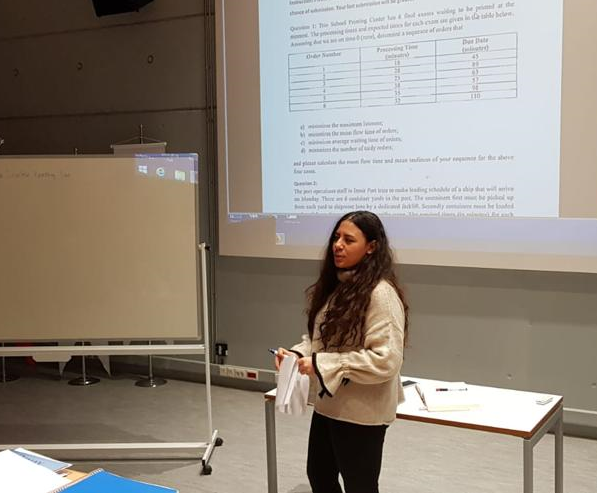With globalization and advent technological developments, as well as rapidly changing trends and growing demands, there has been a great pressure on fashion industry which forces companies to focus on supply chain management more than ever.
While matching supply and demand is already a very challenging problem because of the market volatility in the fashion industry, with the disruptions occurred in the global market over the past decade both internally and externally, fashion retail companies encountered series of difficulties which eventually led breakdowns in the supply chain.
Since the supply chain’s success depends on its capacity to adapt such changes, due to the recent coronavirus outbreak, building a resilient supply chain becomes important than ever for mitigating such risks while having competitive advantage.


Recent COVID-19 outbreak unveil the shortcomings of existing supply chains globally, accordingly, revealed the necessity of building resilient supply chains.
Therefore, the aim of this thesis is to explore how disruptive events, particularly extreme disruptions such as the recent COVID-19 global pandemic and the climate change, has affected the fashion supply chains, while investigating the supply chain capabilities implemented by the fashion companies.
In this regard, a systematic literature review is conducted first, followed by semi-structured interviews with selected fashion companies and news content analysis. Following the qualitative study, a mathematical model is developed to cluster fashion companies and supply chain capabilities revealed from the interviews, and thereby providing empirical insights into the development of resilience strategies.

Study 1: Systematic Literature Review
A systematic literature review (SLR) is adapted, followed by a descriptive and thematic analysis, which allows us to shed light on the current approaches in the supply chain resilience context while providing a summary overview of the selected articles. Supply chain disruptions, supply chain capabilities and supply chain capabilities are reviewed in detail.
Following, a semi-systematic review of fashion supply chain resilience is conducted to deepen the fashion-oriented knowledge. The same procedures mentioned previously for SLR have been applied to the review process, including a descriptive and thematic analysis.

Study 2: Semi-structured Expert Interviews & News Content Analysis
A semi-systematic review of fashion supply chain resilience is conducted to deepen the fashion-oriented knowledge. The same procedures mentioned previously for SLR have been applied to the review process, including a descriptive and thematic analysis.
In addition to the semi-structured interviews, secondary data were collected from online sources, news, etc., to provide research reliability and triangulation of the data (Yin, 2003). In this regard, a content analysis was conducted on the secondary data gathered from online news. While providing real-world examples of supply chain capabilities to build resilience, news content analysis also provided valuable insights of stakeholders in the fashion supply chain, which offers an understanding of different perspectives in the supply chain.

Study 3: Quantitative Study
Building on the foundational insights gathered from semi-structured interviews with the twenty-five fashion companies, this phase of the study explores a quantitative analysis by employing a clustering model (1) to categorize companies based on their resilient supply chain capabilities, providing an empirical approach to understand the capability actions of companies in fashion supply chains regarding resilience and (2) to cluster the resilience capabilities utilized by informant companies, providing a refined and data-driven insight into how fashion companies combine various capabilities to enhance resilience in their supply chains. In this regard, the transition from the descriptive data of individual interviews to the numerical representation of capabilities across the industry spectrum serves as a cornerstone for the subsequent analytical part of the thesis. This analytical approach seeks to reveal the synergy between different capabilities, highlighting how their integration contributes to a more resilient supply chain in the fashion industry.
Meet our team

Cemre Şerbetcioğlu Hıçkıran

Prof. Dr. Bengü Sevil Oflaç
Webinar
- To be Announced
